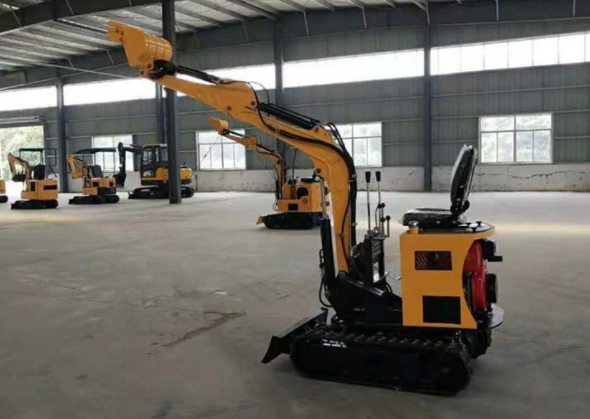- info@hightoptools.com
- Monday - Sunday 9.00 - 18.00
WhatsApp: +86 18162052962

Small excavators are also called small excavators. The definitions of small excavators are also different. For example, in countries where backhoe loaders are popular (such as Britain, France and Italy), small excavators of 1 to 3 tons are the mainstream. In countries where backhoe loaders are not commonly used (such as Germany), they are more inclined to use 4-6 ton products. However, almost all countries tend to purchase larger equipment. From this we have come to the conclusion that small excavators are defined as backhoe loaders of 1 to 6 tons, which can be called small excavators. Among them, 2.7 to 3.0 tons are used for products. The reason is that they can easily use general transportation vehicles for geo-transportation. Small excavators benefit from their compact body and are mainly used as ideal equipment for earthwork applications in urban areas.
It is generally composed of power unit, transmission unit, walking unit and working unit. Principle: Use a bucket to excavate materials above or below the bearing surface, and load them into transport vehicles or unload them to earth-moving machinery at the stockyard. A self-propelled mining machine that loads strips or mineral products from the working surface with a bucket and transports them to the discharge site for unloading. History: It has been more than 130 years since the first manual excavator came out. During this period, it has experienced the development of the steam-driven bucket rotary excavator to the electric drive and internal combustion engine driven rotary excavator, and the fully automatic hydraulic excavator using electromechanical-hydraulic integration technology. Gradually develop the process.
Due to the application of hydraulic technology, there were mounted excavators equipped with hydraulic backhoes on tractors in the 1940s. In the early and mid 1950s, towed full-rotation hydraulic excavators and crawler full-hydraulic excavators were successively developed. . The initial trial-produced hydraulic excavators used the hydraulic technology of airplanes and machine tools, and lacked hydraulic components suitable for various working conditions of the excavators, the manufacturing quality was not stable enough, and the supporting parts were not complete. Since the 1960s, hydraulic excavators have entered a stage of promotion and vigorous development. Excavator manufacturers and varieties in various countries have increased rapidly, and output has soared. From 1968 to 1970, the output of hydraulic excavators accounted for 83% of the total output of excavators, and it is now close to 100%.
Leave a comment